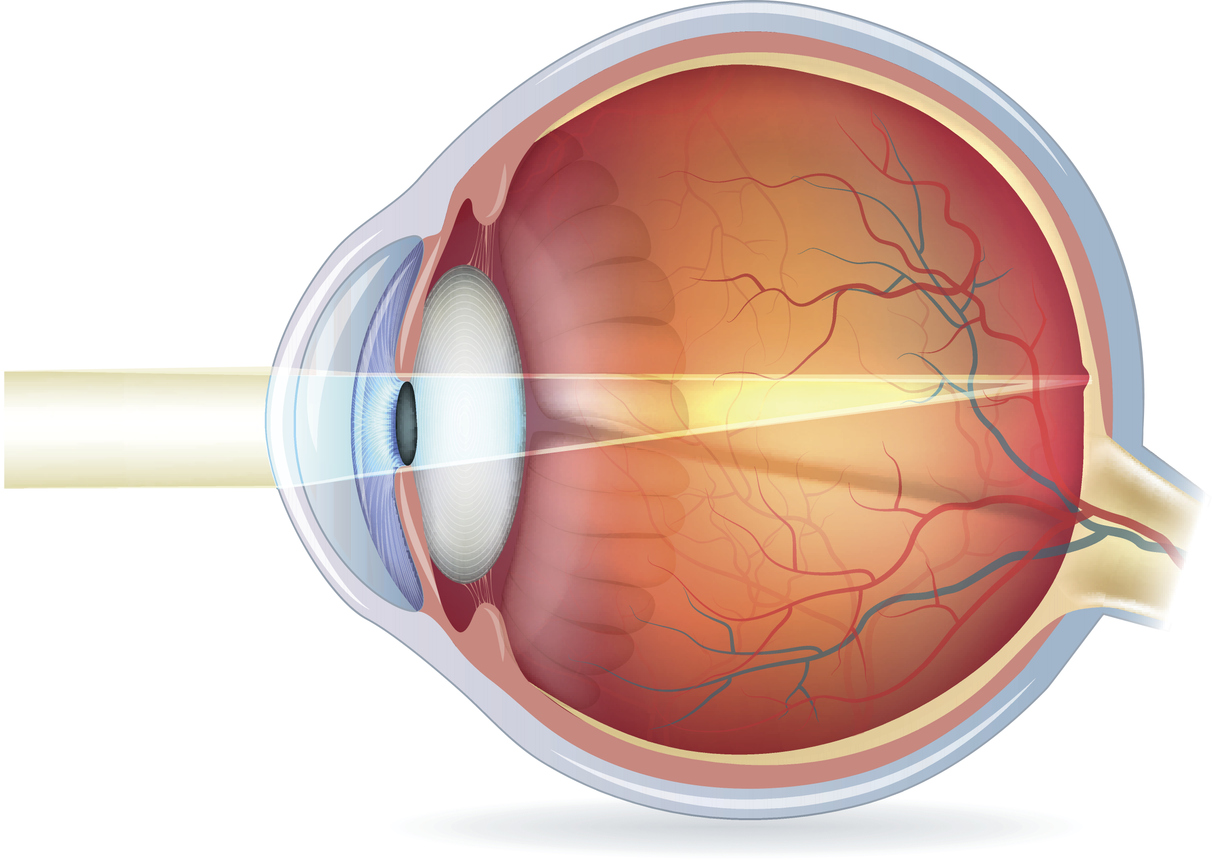How Does Vision Actually Work?

Understanding how the eyes work is key to diagnosing and treating a variety of vision problems.
While sight is something people often take for granted, the question of exactly how vision works is one that proved difficult to answer for a very long time. For thousands of years, physicians and philosophers tried to explain how humans are able to see — one ancient theory even proposed that the eyes contained an invisible fire and emitted rays to illuminate the objects in view.
It wasn’t until the early 1000s that Ibn al-Haytham — who is known as the father of modern optics — declared what we now know to be true: that the eyes and brain work together to transform the light reflected off the objects around us into images. The key to understanding how it all operates lies in our anatomy.
The Anatomy of the Eye
It might be helpful to think of the eye as a kind of natural camera. At the front is a transparent window called the cornea, which helps to focus light as it enters the eye. Light then passes through the pupil — the aperture in the iris that expands and contracts to control the amount of light entering the eye — and through a lens.
The lens focuses light toward a layer of nerves at the back of the eye called the retina. The retina is made up of special nerve cells called rods and cones that detect colors and movement, provide central and peripheral vision, and allow us to see in bright or dark environments. When exposed to light, these cells send electrical signals to the brain via the optic nerve. The brain then interprets these signals, creating the images we see.
The Causes Behind Common Eye Problems
Understanding how vision works can be helpful for identifying the causes behind a number of common eye conditions — such as near-sightedness, far-sightedness, and astigmatism.
Near-sightedness, or myopia, occurs when the eye has a long shape or the cornea is too curved. This affects how light enters the eye — it lands in front of the retina, rather than on the retina itself. Glasses and contact lenses can improve vision by refocusing light onto the proper spot at the back of the eye.
Far-sightedness, or hyperopia, is caused by the opposite conditions: eyes that are too short or corneas that don’t curve quite enough. As a result, light is focused to a point located behind the retina, which makes seeing nearby objects difficult. Glasses and contact lenses can be used to correct this condition, as well.
Astigmatism is a common problem that makes vision blurry at any distance, and is often caused by corneas or lenses that have an oblong rather than circular shape. As with myopia or hyperopia, astigmatism also affects how light is distributed and focused within the eye. Glasses with a cylindrical lens prescription or a special type of contact lenses can be used to treat astigmatism.
If you’re experiencing vision problems, contact us today to set up an appointment. Our team of expert eye care professionals is happy to discuss the different treatment options available, from prescription glasses to contact lenses to LASIK.
[DISPLAY_ULTIMATE_SOCIAL_ICONS]








